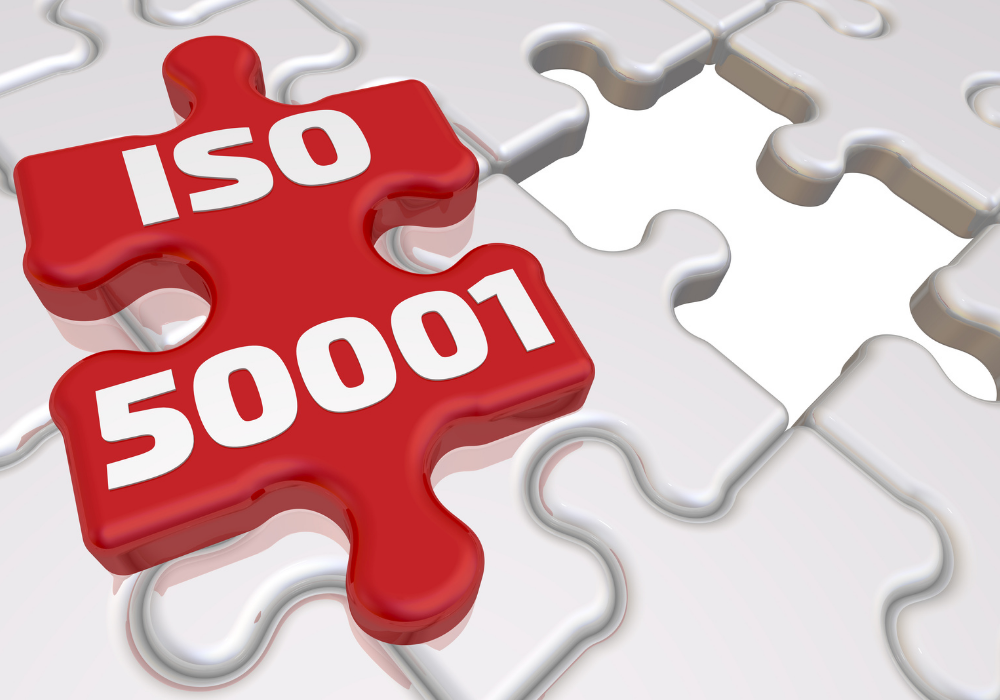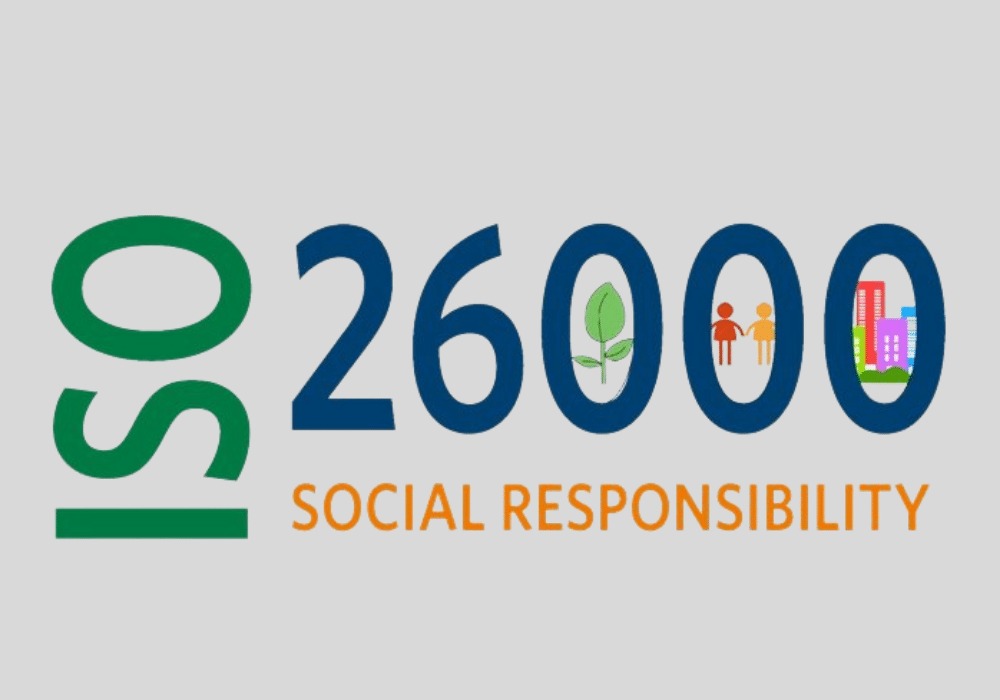ISO Standards
ISO standards contain the metrics or specifications required to achieve the guidelines or criteria specified under that series. These standards are referred to as ISO series to refer to groups of standards used for quality management and assurance.
Here are some of the most popular ISO standards applied for:
Top 10 Most Popular ISO Standards
There are many different ISO Standards out there, sometimes it can be hard to understand which ones are the most suitable for your business. While some are industry-specific, many of the most popular standards are generic and can be implemented into an organization no matter what sector it is in. If you are not certified to any ISO standards and are interested in certification, or want to add more, we have outlined the ten most popular standards below. Read on to learn about their history, what they entail, and their impact on the businesses that employ them.












